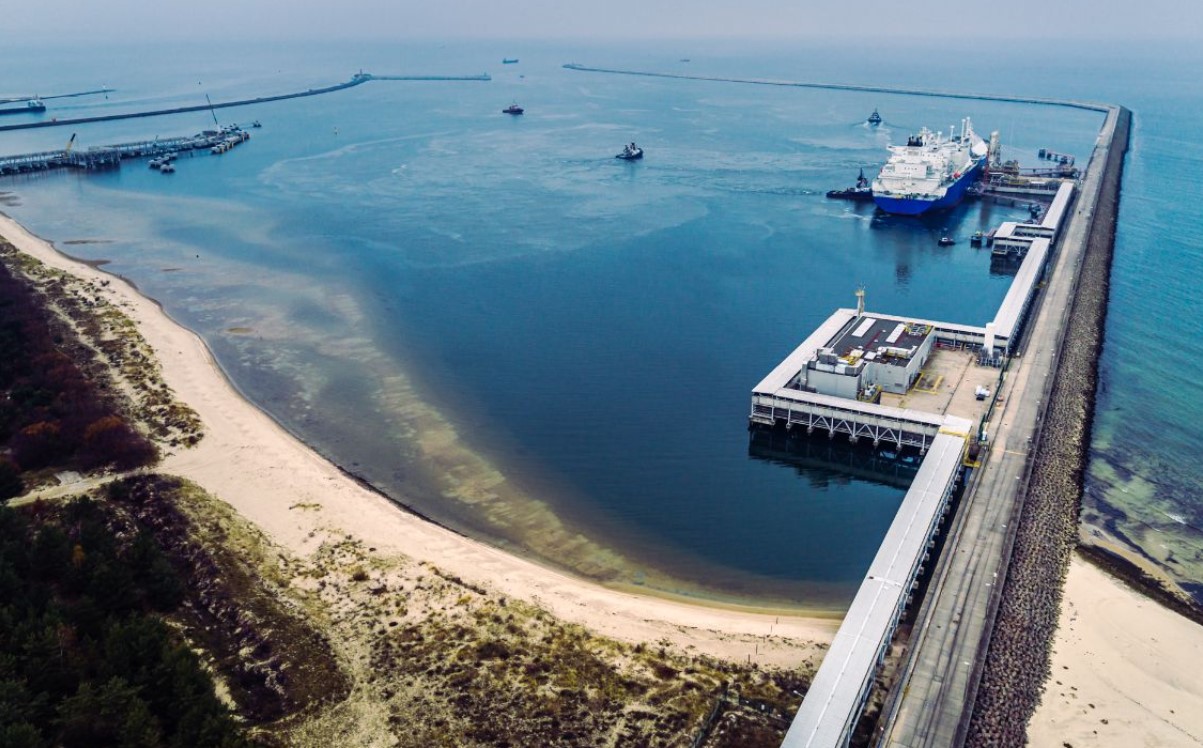Poland’s gas infrastructure operator Gaz-System is working to increase the regasification capacity of the planned FSRU-based LNG import project in Gdansk Bay.
Gaz-System already operates Poland’s first LNG import terminal in Swinoujscie, while the country’s dominant gas firm PGNiG, now part of PKN Orlen, is in charge for all the supplies.
Poland’s LNG imports via the Swinoujscie terminal rose 57 percent in 2022 when compared to the year before, boosted by shipments from the US.
The Gdansk project would be the second LNG import terminal in Poland and the first FSRU-based facility in the country.
Following a binding season launched in 2021, PGNiG also showed interest to book capacity in this LNG terminal in Gdansk Bay.
Gaz-System recently also provided an update regarding both the onshore and offshore parts of the project.
Due to high interest from the market, Gaz-System has now launched a non-binding season as it looks to add 4.5 bcm of annual regasification capacity to the already planned capacity of 6.1 bcm per year, according to a statement.
“The current geopolitical situation, particularly the suspension of Russian export of natural gas to the European Union, has fueled market players’ interest in access to stable and secure natural gas supplies, including by means of LNG terminals,” Marcin Chludzinski, president of Gaz-System said in the statement.
“In view of the incoming information we have decided to launch market screening procedure and ultimately provide access to additional LNG supply through the FSRU terminal in Gdansk,” he said.
January 2028
Gaz-System expects that it could offer the additional regasification capacity to the market from January 1, 2028.
However, the decision on the final regasification capacity of the new FSRU terminal will depend on the market demand declared under the pending procedure.
By this non-binding market screening procedure, Gaz-System intends to assess both the demand for additional regasification capacity and the interest in export of regasified LNG towards Slovakia, Lithuania, Denmark, Germany, as well as the Czech Republic and Ukraine, it said.
The results of the procedure will be taken into account by Gas-System in its future proceedings related to planned investments in regasification infrastructure, as well as the necessary development of the transmission network in Poland.
“Gaz-System is open to direct dialogue with market participants in the course of market screening and intends to organize bilateral meetings to discuss the subject matter of the procedure,” the firm said.
All interested parties in booking the regasification capacity must submit the requested documents by March 20, 2023.

